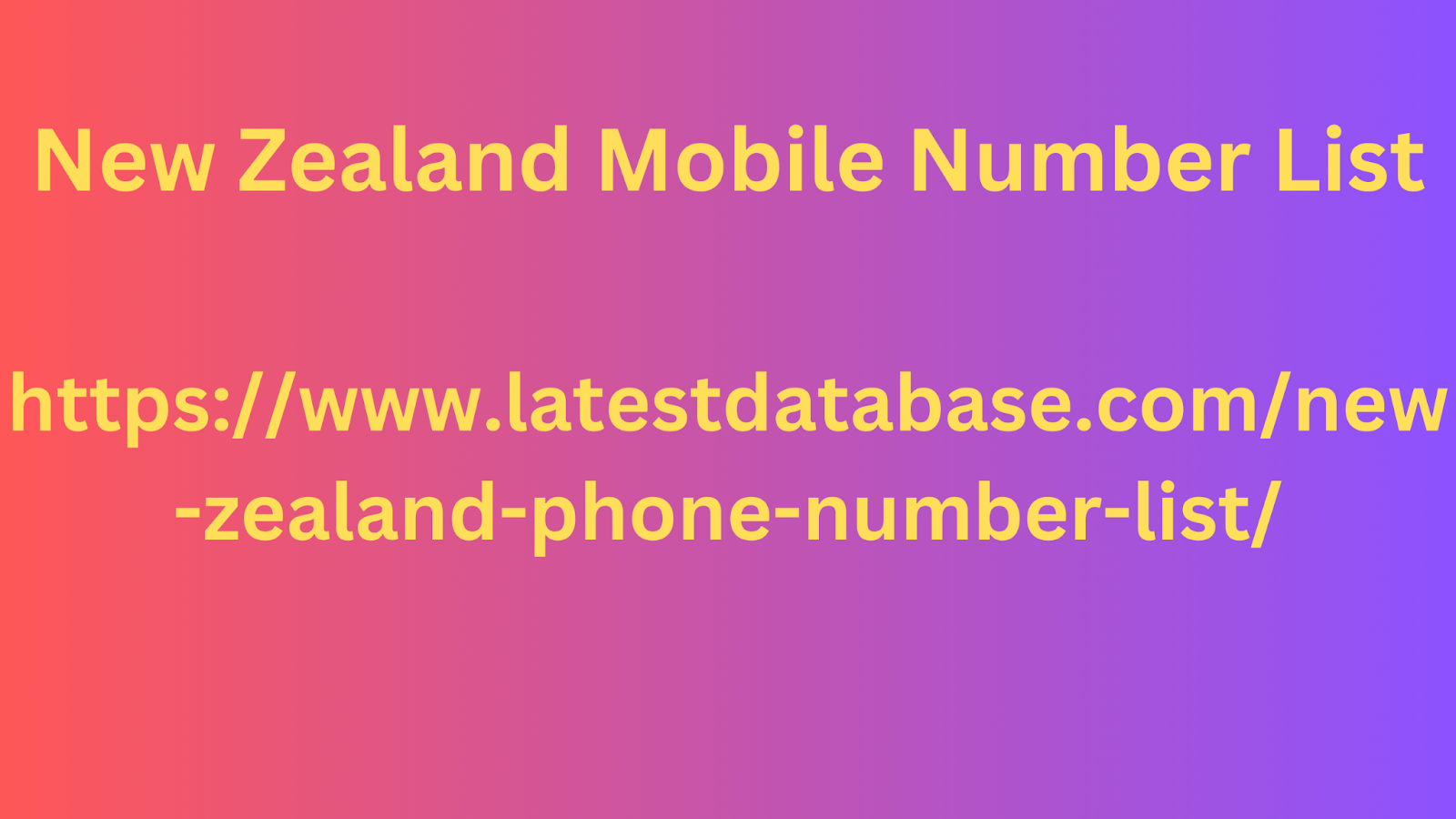|
|
本帖最後由 rumaisa6782 於 12:57 編輯
Keyword analysis involves selecting those relevant terms and using them in your web content. You have to consider their volume and the competition with other sites that use the same words. Also, the trends related to the public and their behavior when they want information about a certain topic, as well as the seasonal trends of the words, must be taken into account . 4. Use of Keywords within the page Once you've found the right keywords for your website, the next step is to integrate them into your content. These keywords should be used in different parts of your content, including titles,
Subheadings, body text, URLs, and meta descriptions. way. Keyword density , or the New Zealand Mobile Number List percentage of times a keyword appears in your content, is an important factor in SEO. However, you should not overuse your keywords – this can lead to a penalty from search engines. keywords - what is url 5. Keywords and On-Page SEO On-page SEO refers to optimization practices that you can control on your own website. This includes using keywords in elements of your website such as page titles, meta descriptions.

URLs and content. For example, if your keyword is "Bluetooth headphones", you could use it in the page title ("Best Bluetooth Headphones 2023"), in the URL ("/best-bluetooth-headphones"), in the meta description ("Discover the best Bluetooth headphones of in our complete guide and in the page content. Here is a chart that illustrates the use of keywords in different parts of a web page: keywords - the use of keywords in different parts of a web page This chart shows that keywords are most frequently used in URLs, followed by meta descriptions, body text, subheadings, and titles. This is a common practice in SEO because using keywords in.
|
|